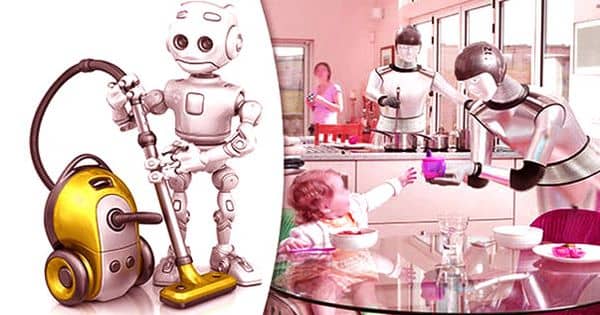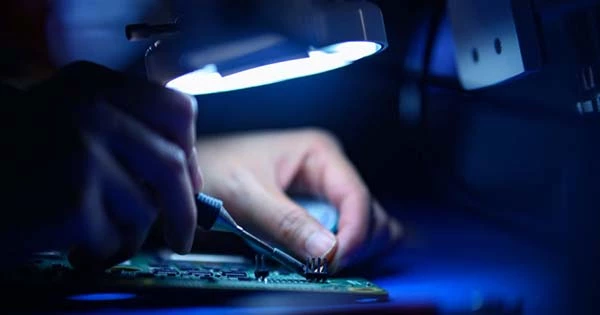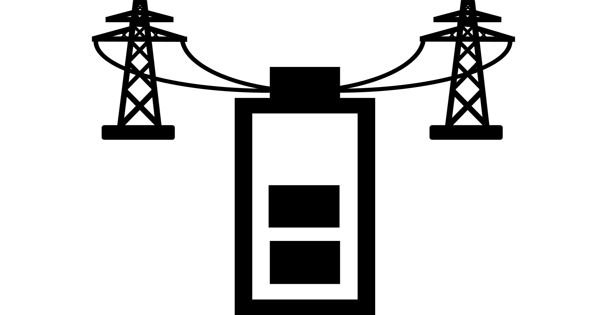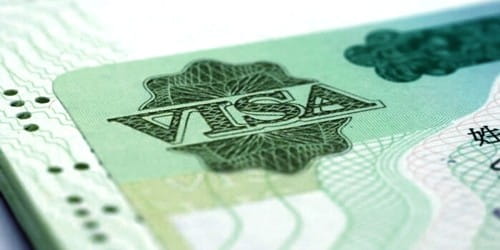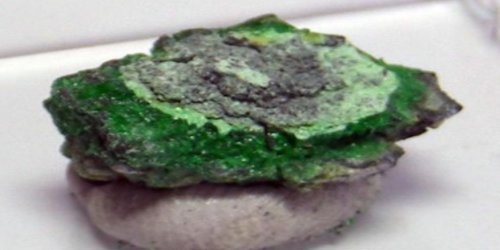Researchers at Nanyang Technological University, Singapore (NTU Singapore) have developed a productive technique for salvaging high-purity silicon from defunct solar panels in order to create lithium-ion batteries that could assist satisfy the rising demand for electric car powering systems around the world.
The bulk of solar cells are made of high-purity silicon, however they are routinely discarded after 25 to 30 years since they are no longer functional. Separating silicon from other solar cell components including aluminum, copper, silver, lead, and plastic is difficult. Recycled silicon also has flaws and contaminants that make it unusable for other silicon-based technology.
High energy costs and the use of hazardous chemicals in current methods for recovering high-purity silicon prevent their wide adoption by recyclers.
The NTU researchers addressed the difficulties by developing a new extraction technique that made use of phosphoric acid, a material that is frequently employed in the food and beverage sector.
In comparison to current silicon recovery technologies, the NTU technique showed a greater recovery rate and purity. The process is also more efficient, involving just a single reagent (phosphoric acid), whereas conventional methods include at least two types of chemicals (highly acidic and highly alkaline).
Principal investigator of the study, Associate Professor Nripan Mathews, Provost’s Chair in Materials Science and Engineering and Cluster Director of the Energy Research Institute), said, “Our approach to silicon recovery is both efficient and effective. We do not have to use multiple chemicals, reducing the time spent on post-treatment of the chemical wastes. At the same time, we achieved a high recovery rate of pure silicon comparable to those produced by energy-intensive extraction techniques.”
While the use of solar renewable energy has increased over the past few decades, 78 million tonnes of solar panels will be obsolete by 2050 due to their short 30-year lifespan.
The comparable performance between our upcycled silicon-based lithium-ion battery and the newly purchased ones proves that the NTU approach is feasible. We envision our faster and cheaper silicon recovery method to be a positive boost for the development of EV batteries. Aside from EVs, there are also potential applications such as thermoelectric devices.
Dr. Sim Ying
The NTU research team thinks that by maintaining resources in a loop, their silicon recovery technology may be able to address the growing issue of solar panel waste.
The study, published in the scientific journal Solar Energy Materials and Solar Cells in August, signifies NTU’s commitment to its 2025 Strategic Plan, in which sustainability and innovation for a circular economy are key pillars. It also supports the NTU Sustainability Manifesto, which charts the University’s course for sustainability, carbon neutrality and societal impact.
Powering the growth of lithium-ion batteries for electric vehicles
Due to its capacity to provide increased range and short charging periods, silicon is regarded as one of the most promising materials for next-generation lithium-ion batteries that will power electric vehicles (EVs).
The NTU research team is certain that their newly discovered silicon recovery technology can meet the anticipated demand for high-purity silicon as automakers race to build silicon-based lithium-ion batteries for advanced EVs.
The NTU approach involves first soaking the expired solar cell in hot diluted phosphoric acid for 30 minutes to remove metals (aluminium and silver) from their surfaces. To assure thorough elimination of the metals, this procedure is repeated using fresh phosphoric acid, and after an additional 30 minutes, a pure silicon wafer is produced.
Researchers discovered that their sample obtained a recovery rate of 98.9 percent with a purity of 99.2 percent, equivalent findings to silicon recovered using currently known technologies. They used advanced spectroscopic tests to examine the elemental makeup of the recovered wafer.
When the recovered silicon was upcycled into a lithium-ion battery anode and tested for efficiency, it performed similarly to new, commercially bought silicon.
Lead author of the study, Dr. Sim Ying, Research Fellow, Energy Research Institute, said, “The comparable performance between our upcycled silicon-based lithium-ion battery and the newly purchased ones proves that the NTU approach is feasible. We envision our faster and cheaper silicon recovery method to be a positive boost for the development of EV batteries. Aside from EVs, there are also potential applications such as thermoelectric devices.”
The team has filed a technology disclosure to NTUitive NTU’s innovation and enterprise company for their silicon recovery method, paving the way for potential commercialisation. Meanwhile, the researchers are seeking industry collaborators to explore market applications.
The project is part of the Singapore-CEA Alliance for Research in Circular Economy (SCARCE) programme, a collaboration between NTU and the French Alternative Energies and Atomic Energy Commission. SCARCE is supported by Singapore’s National Research Foundation and the National Environment Agency (NEA) under the Closing the Waste Loop Funding Initiative (Award No. USS-IF-2018-4).
The program aims to create a range of innovations that turn garbage into gems, creating new opportunities for waste management and recycling to thrive economically.

